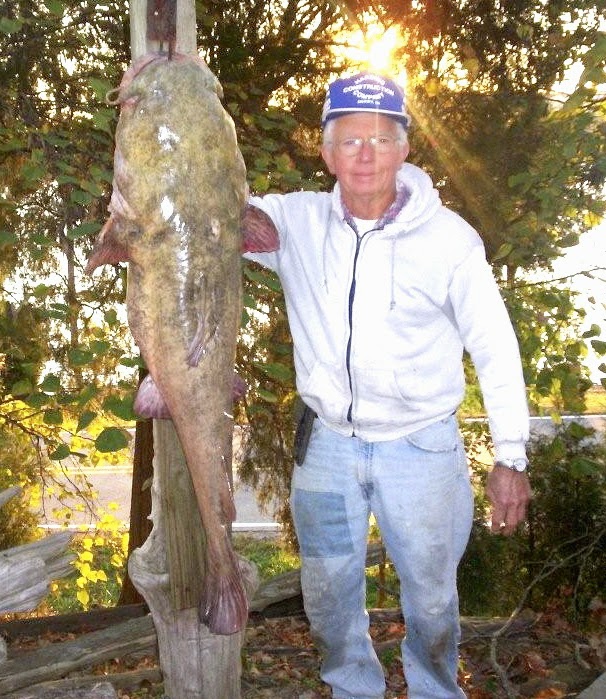Indiana’s dove season opens Labor Day, Sept. 1, and will be expanded by an additional 18 days.
The 2014-15 season not only will have more than two additional weeks of hunting opportunities, it also will be broken up into three sessions.
To accommodate these additional days, the DNR Division of Fish & Wildlife has added a third period for dove hunting, in December and January.
Additionally, the DNR extended the first period, and modified the second period to avoid conflicts with the firearms deer season.
The 2014-15 mourning dove hunting season is comprised of three sessions:
- Sep. 1 – Oct. 19
- Nov. 1 – Nov. 9
- Dec. 13 – Jan. 11
Hunting hours are from one-half hour before sunrise until sunset. The daily bag limit is 15 with a possession limit of 45.
“Most mourning doves are harvested in September, but great dove hunting can be found later in the season with a little scouting,” said Budd Veverka, DNR farmland game research biologist in a recent news release.
“Looking at data from the past five years, I would expect to see approximately 11,000 dove hunters harvest nearly 214,000 mourning doves in 2014. With the extended season, the harvest could be even higher.”
The expansion is based on research by the Indiana DNR and U.S. Fish & Wildlife Service.
Since 2003, Indiana has partnered with the USFWS to place leg bands on more than 1,000 mourning doves each summer in Indiana. The banded birds help biologists determine hunting harvest rates, estimate annual survival, and provide information on the geographical distribution of the harvest.
“Doves are found throughout the state, but will concentrate in areas associated with farming,” Veverka said. “Recently harvested grain fields with water nearby are typically hotspots for dove hunting.”
To hunt mourning doves, Indiana residents must purchase the annual hunting license for $17 ($7 youth consolidated license) and the game bird habitat stamp for $6.75.
Nonresidents must also purchase the game bird habitat stamp in addition to the $80 annual hunting license or the $31 five-day hunting license ($17 annual youth hunting).
Federal regulations require all licensed dove hunters (including lifetime license holders) to register with the Migratory Bird Harvest Information Program (HIP) and carry proof of registration while hunting. HIP registration is free and available at wildlife.IN.gov/3567.htm or by calling 1-866-671-4499.
Hunters using state fish & wildlife areas or state-owned reservoirs are required to use non-toxic shot when hunting mourning doves.
Hunters who harvest a banded bird, should report it at 1-800-327-BAND (2263) orreportband.gov. Hunters may keep any bands they recover.
# # # #
Doves are a dark meat with a flavor somewhat like liver. Some people say they don’t like the meat, but properly prepared, doves are great eating.
My favorite way to prepare them is to marinate the breasts overnight. You can make your own or buy a commercial marinade.
The next day, wrap them in in bacon like rumaki, and cook them on a charcoal grill. They make a great meal-starter, or if you have enough, a main course themselves.
Another good recipe comes from Uncle Russ Chittenden’s book, Good Ole Boys Wild Game Cookbook or How to Cook ‘Possum and Other Varmits Good.
Russ calls for a limit of dove breasts (or whatever you can scrounge), salt and pepper to taste, two eggs (Dominecker preferred), Italian bread crumbs, 3/4 cup cookin’ oil, Ritz crackers (or something similar).
Remove the breasts with a sharp boning knife like you would those of a duck or goose. With luck, you’ll have 30. Salt and pepper to taste. Dip in beaten egg stuff, and coat with bread crumbs.
Fry in oil until brown, turning several times. Drain for a minute or two on paper towels. Serve “hot” on crackers.

